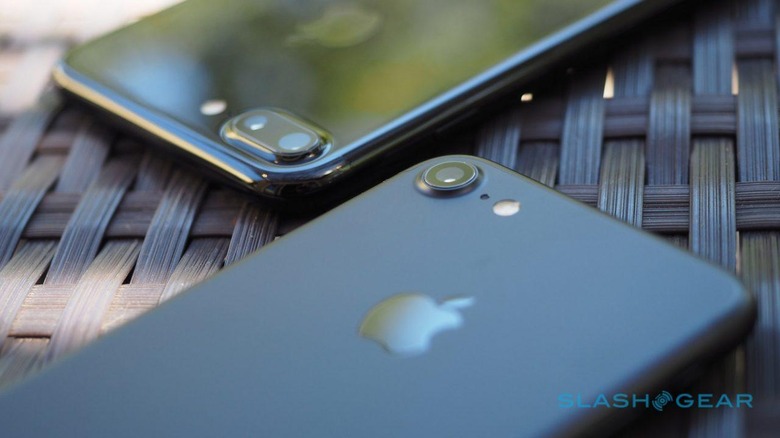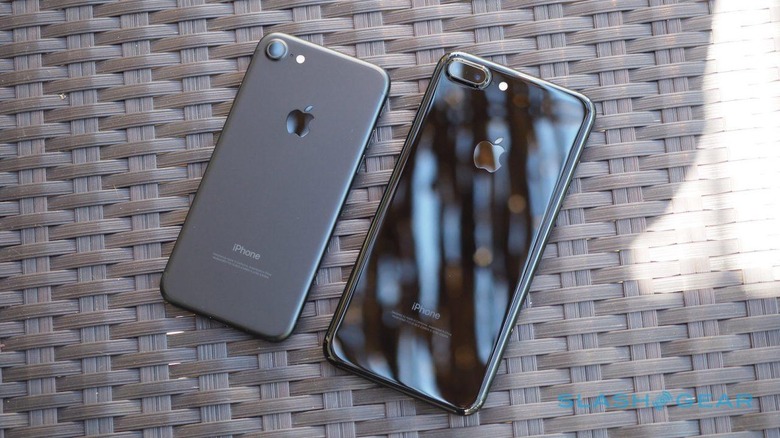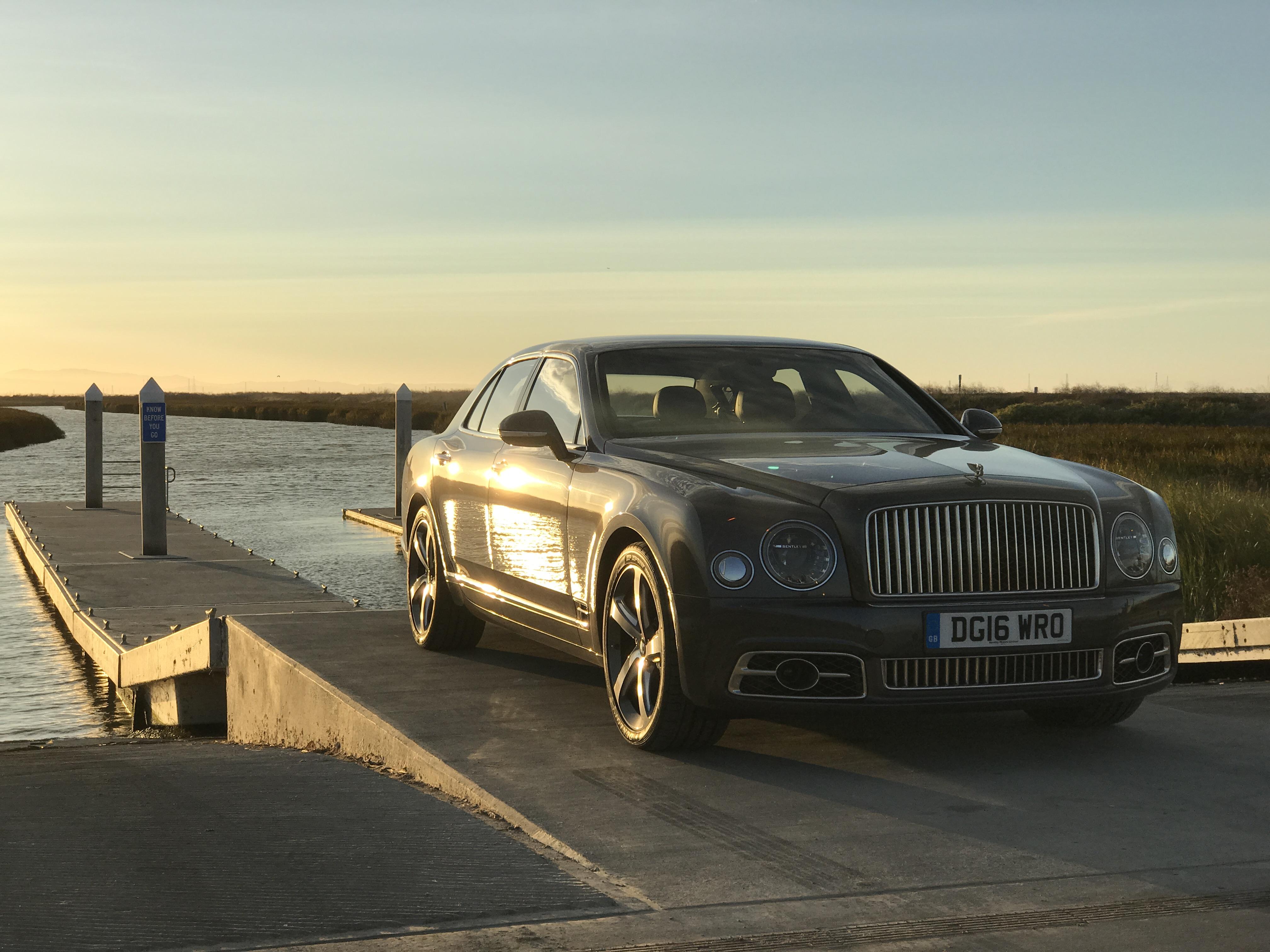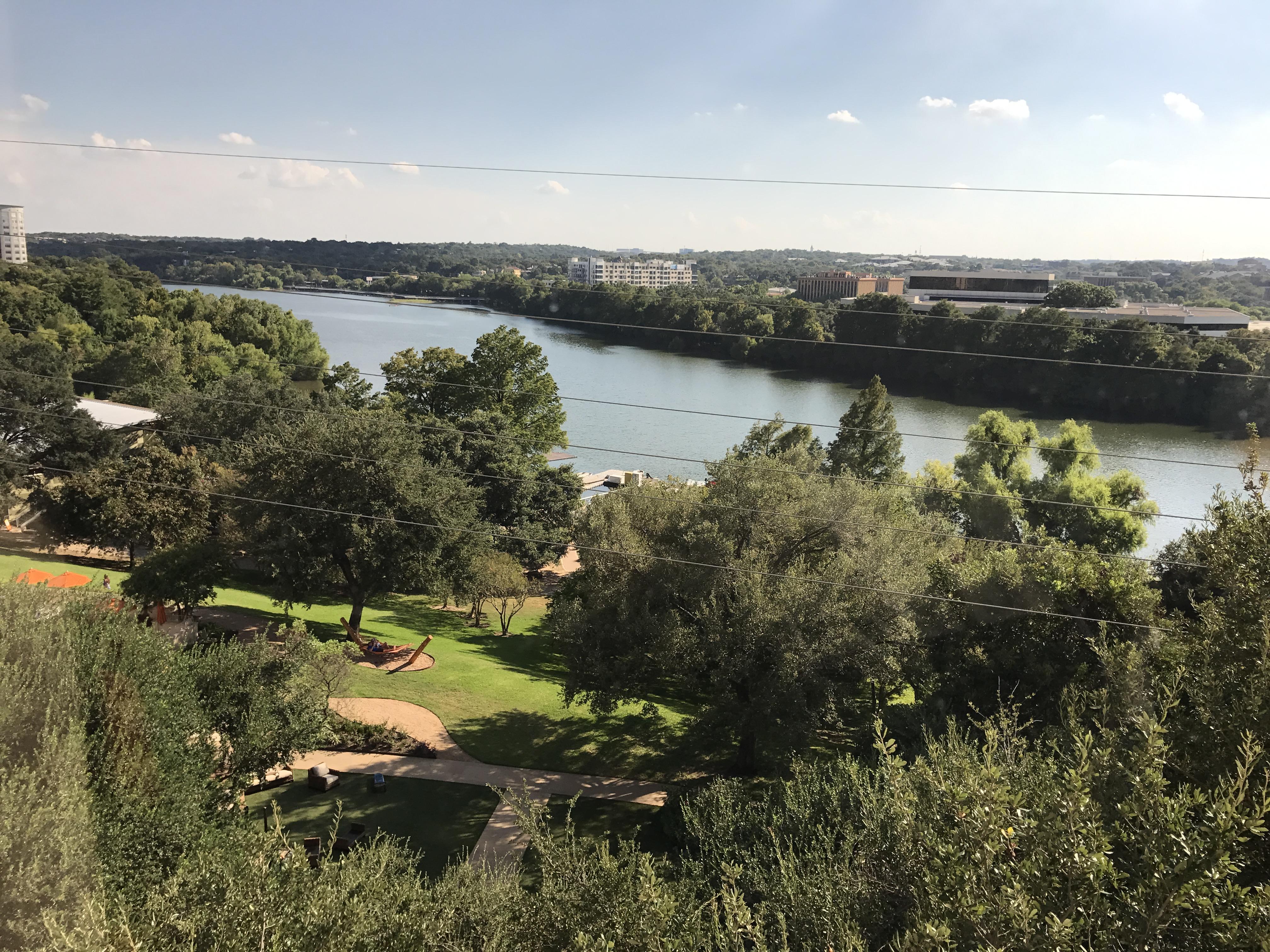Why The iPhone 7 Plus Camera Is Worth The Upgrade
The improvements Apple has made to the iPhone 7's camera are hitting me where it hurts: in my pocket. Although on paper the new handset's 12-megapixels may look pretty much the same as the 12-megapixels the iPhone 6s offered before it, in reality it's all-change in the iPhone 7's top left corner. And, as I discovered while reviewing both the iPhone 7 and iPhone 7 Plus, that has an unexpectedly big impact on the photos you can capture, not to mention which version of Apple's smartphone that I'd recommend.
Both the iPhone 7 and the iPhone 7 Plus have a 12-megapixel, f/1.8 aperture camera on the rear, with a six-element lens, quad-LED True Tone flash, 4K video recording, and optical image stabilization.

In contrast, the iPhone 6s has an f/2.2 aperture, five-element lens. A lower f-stop number means more light is getting to the sensor, which adds up to improvements in low-light photography, among other things. It also has fewer LEDs in its flash, meaning less power and range than that of the iPhone 7.
The boost in low-light performance is clear from the start. In the photos below, shot in the so-called "golden hour" just before the sunset, the iPhone 7 captures the honeyed richness of the mellowing light while not succumbing to murkiness or excessive grain. An older iPhone would require a longer exposure to achieve something similar, opening the door to blur if your hand wasn't sufficiently still.
The iPhone 7 Plus also adds a second camera right alongside the first. That offers the same resolution but a different lens: in this case, a "telephoto" f/2.8 aperture lens. In traditional camera terms, the main iPhone 7 Plus camera has a 22mm-equivalent lens, while the telephoto is a 56mm-equivalent; practically, it means the latter is a 2x zoom.
For those iPhone users who have traditionally eschewed the larger "Plus" version and stuck with the smaller device, it presents something of a quandary. I'm one of those people: I just prefer how the 4.7-inch iPhone fits in my hand, not to mention in my pocket.

Previously, the reason to opt for Plus-sized over regular was the optical image stabilization: the iPhone 6 Plus and 6s Plus had it, but the iPhone 6 and 6s did not. It was an annoying omission, but not – for me, anyway – a deal-breaker. The digital stabilization was sufficient for my occasional use of video recording on the older phones.
For 2016, though, Apple has both closed the gap and then increased it again. Optical stabilization is now included on the smaller iPhone 7, which is great, but the iPhone 7 Plus throws in its second rear camera. Today, that gives you 2x optical zoom and a higher-quality digital zoom; soon (if you're not on the iOS 10 public beta track, at least) you'll get Apple's own Portrait mode, with its faux-bokeh effect.
I've been surprised quite how much I used the optical zoom on the iPhone 7 Plus: to the point where, even though I had one of each new iPhone in my pockets, I'd automatically reach for the bigger handset when I wanted to take a photo. Knowing there's no loss of quality makes all the difference, especially when you just physically can't get any closer to your subject.
Vincent has felt the same way: he was already a Plus-sized iPhone fan, but has now made extensive use of the optical zoom on a number of events. It came in handy for his recent trip to Circuit of Americas for the 2016 FIA WEC race, for instance, helping capture an unexpected pit-stop with an impressive absence of blur.
He's also been putting the microphones through their paces. There are actually four on the iPhone 7, one behind each of the grilles on the bottom of the phone, and two up at the top.
Usually Vincent uses a Shure microphone that plugs into the Lightning port, but for the majority of his testing he's been relying on the iPhone's own abilities. There's an impressive directionality to the sound, not to mention the effective noise cancellation.
I, meanwhile, recorded the interior shots in this video of the new Bentley Flying Spur V8 S with the iPhone 7 Plus, and its native microphones did a solid job of focusing on my voice rather than road or engine noise. Admittedly, the automaker's soundproofing efforts didn't hurt matters either.
It's not entirely perfect, of course. With the iPhone 7 Plus, I've found the controls for the zoom and the exposure can get confused: they're fairly close together, and sometimes I've wanted to manually adjust exposure and ended up zooming in instead.
Meanwhile, if you want any more control over your shot than exposure, toggling HDR and the flash, and where the focus is set, you'll have to look beyond Apple's own camera app. While Android manufacturers have been concentrating on putting "Pro" modes in their software, Apple leaves more granular control up to third-party camera app developers.
I'm not saying the iPhone 7 is a bad choice. The standard 12-megapixel camera is capable of some amazing shots, and of course shares the same excellent low-light performance of its bigger sibling. Switching to a f/1.8 aperture means, even if you don't get the fancy computation Portrait mode, the shallower depth of field flatters subjects more.
NOW READ: iPhone 7 and iPhone 7 Plus Review
One of the biggest reasons I'm planning on going Plus this time, however, is the possibilities to third-party developers. Apple is throwing open its dual-camera APIs: not only will apps be able to tap into the RAW output of the sensors, but do all manner of photo-trickery with the twin lenses.
I suspect the Cupertino firm's Portrait mode is only the tip of the iceberg, and while it's not the first to dabble in the possibilities two cameras present, the sheer scale that the iPhone ecosystem represents means it's likely to see the most developers weigh in.
When those innovative apps hit the App Store, I don't want to be left out.















